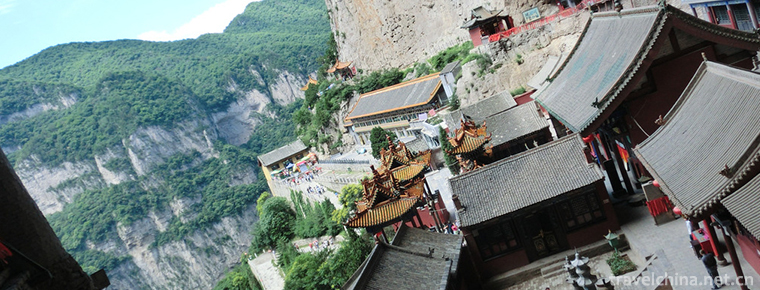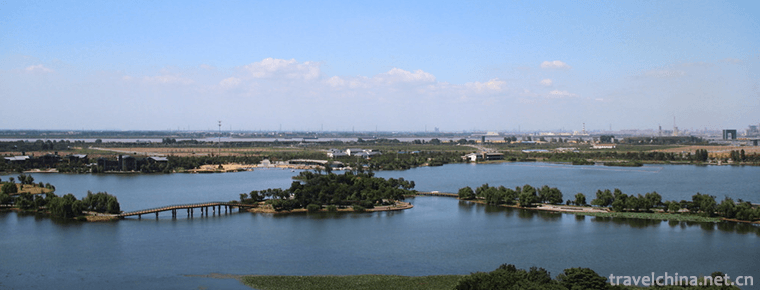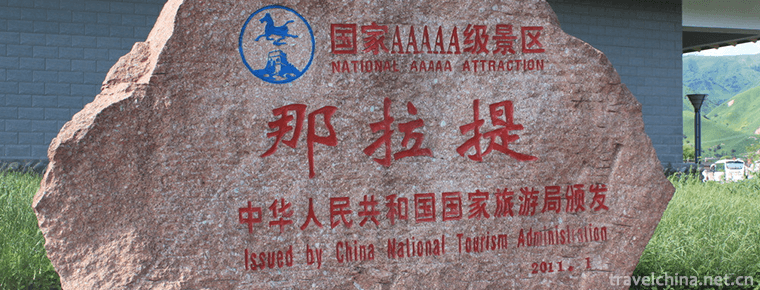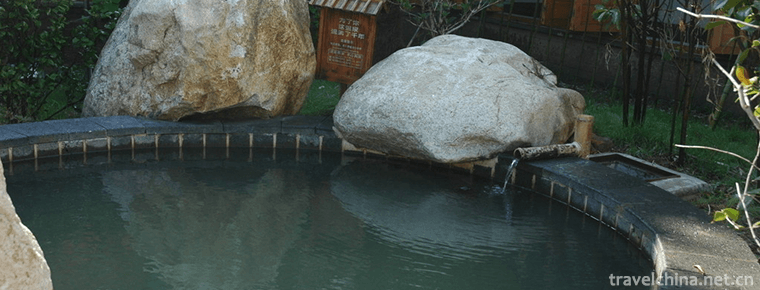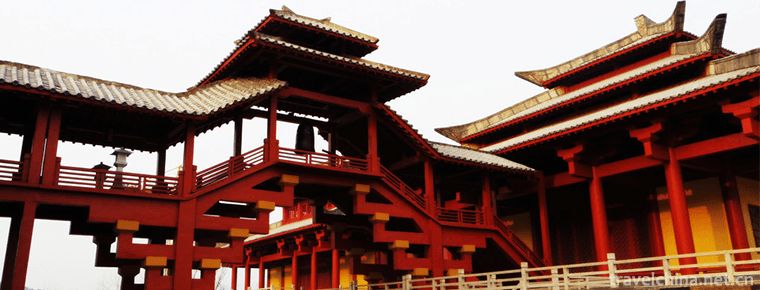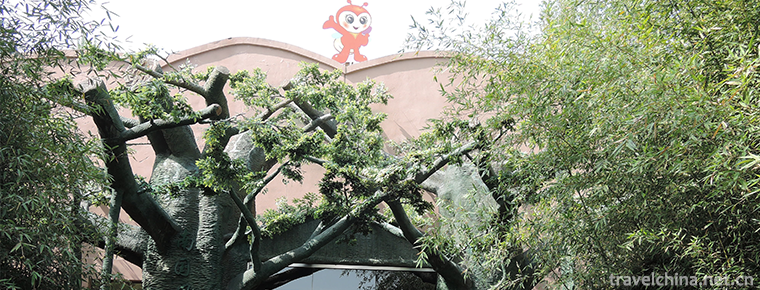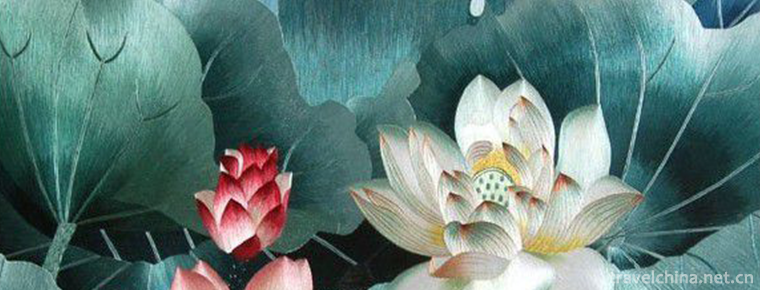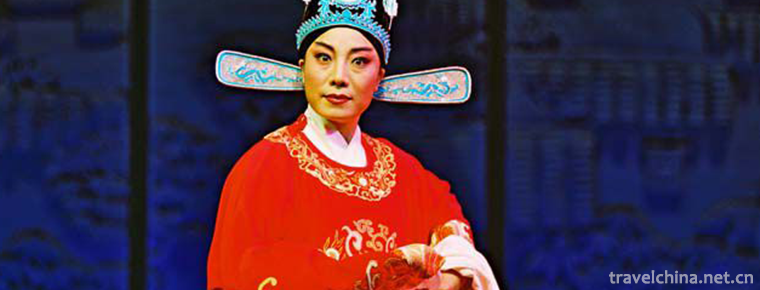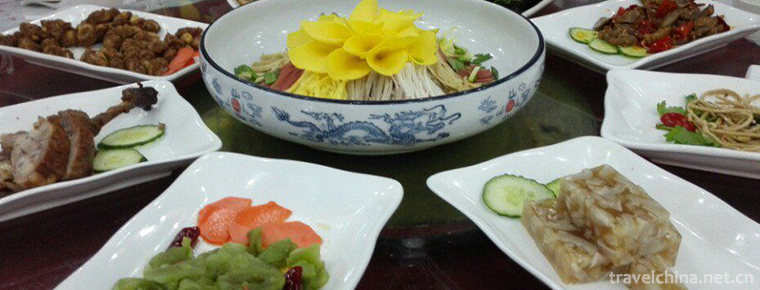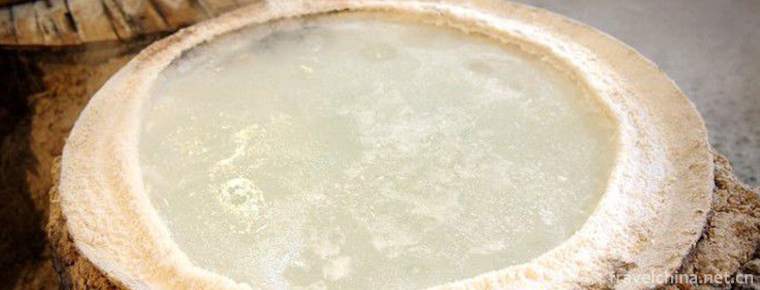Bronze Repair and Reproduction Techniques
Bronze Repair and Reproduction Techniques
Bronze restoration and reproduction skills, the traditional skills of Beijing Palace Museum, one of the national intangible cultural heritage.
Traditional bronze repair technology mainly includes shaping, splicing, matching, bonding (welding), strengthening, old and other processes, and sometimes involves rust removal, scalding (surface sealing) and other work. Reproduction technology includes mold making, die casting, carving patterns, grinding and old processes.
In 2011, the bronze restoration and reproduction technology was announced by the State Council of the People's Republic of China as the third batch of national intangible cultural heritage list, heritage number_-197.
historical origin
The repair technology of Chinese bronzes has a long history. It should be said that once the bronze ware came out, there were corresponding repair technologies.
During the Spring and Autumn Period and the Warring States Period, there was a story about the fake tripod: "Qi Valu Soo Ding, Lu fake it, Qi people fake it day by day, Lu people fake it day by day,..." (Han Feizi) It can be proved that there was a theory of forgery of bronzes in the Spring and Autumn Period and the Warring States Period.
In Song Dynasty, there was the saying of "Zhaoxin Song Dynasty's wares": "Upper imitation worships the ancients, lower forgery for profit", which showed that there were also examples of imitation and forgery in Song Dynasty.
The development of foundry reproduction and other processes is closely related to the restoration technology. With the development of these handicraft technologies and their application in the preservation of antique appreciation collection, the restoration technology began to emerge.
Modern repair technology from the government to society, after a long period of practice and development, formed a unique expertise, a complete comprehensive technical system.
In 1952, a bronze restoration expert headed by Zhao Zhenmao of Beijing School entered the Palace Museum and began to use traditional techniques to repair and reproduce bronze artifacts. These experts also include Zhao Tongren, Li Huisheng, Meng Haiquan and Jingdequan, Gu Dewang and Zhang Juru, who have been engaged in bronze restoration and reproduction for a long time. For decades, these experts have repaired and duplicated thousands of bronze artifacts.
Technological characteristics
Bronze repair and reproduction techniques, whether splicing fragments, engraving patterns, inscriptions, whether making varnish floor, spraying, spot rusting, whether gold or silver mistakes, have formed a relatively perfect set of traditional crafts.
Bronze repair and reproduction technology is a rigorous scientific process. According to different shapes and degree of damage, the welding methods used are different and sometimes used alternately. However, we must follow the principle of repairing the old as before and not destroying the original objects as far as possible.
Inheritance and Protection
Inheritance value
Ancient Chinese bronzes are historical relics of thousands of years ago. After underground storage, they were corroded and destroyed by nature. The unearthed bronzes are often broken and incomplete. Therefore, most of the bronzes have undergone a lot of restoration work in order to facilitate their long-term preservation and better play their historical, artistic and scientific value.
A complete process of cultural relics restoration itself is also an important research work. Studying the characteristics of the times, plastic arts and foundry technology of artifacts has become an important reference for modern foundry technology. Therefore, the restoration work is an important and meaningful work.
Current situation of inheritance
Professionals engaged in the restoration of traditional bronzes are aging, and further inheritance is facing difficulties. Under the background of the rapid development of modern science and technology, it is imperative to make a scientific summary of the traditional crafts, including the traditional bronze restoration and reproduction technology.
Heritage figures
Wang Youliang, male, Han nationality, born in April 1964 in Beijing. In December 2012, Wang Youliang was selected as the representative successor of the fourth batch of national intangible cultural heritage projects, declared by the Palace Museum.
protective measures
In 1952, Zhao Zhenmao, the third generation heir of the traditional bronze restoration technology "Ancient Bronze Zhang School", came to the Palace Museum and brought back the bronze restoration skills. The Imperial Palace Museum has trained a group of experts who have mastered the traditional repair and reproduction technology through the "teacher-in-charge system". It has successively restored a large number of national treasure-grade cultural relics, including Lihe Fangju and Ma Ta Feiyan.
social influence
Exhibition activities
Zhou's Bangui is an important cultural relic with high historic and academic value found in Beijing. It has a unique style after the restoration by Zhao Zhenmao, a master of bronze restoration. Mr. Guo Moruo wrote "Bangui Discovery" after seeing him, and was later filmed as a documentary "Don't let the treasures sink again", which shows Zhao Zhenmao's superb repair skills.
Beginning with Zhao Zhenmao, the Bronze Ware Room of the Ministry of Science and Technology of the Palace Museum has restored a large number of bronze heavy artifacts and important cultural relics in the Palace Museum and museums all over the country, including Bangong, Qi Shizu Xinfu, Simu Xinding, Second Sacrifice Shao Qitao, Ma Ta Feiyan and a large number of national treasure cultural relics. It has reproduced lotus crane square pots, Gebogu, animal face pattern, gourd, heir ancestor Xintao, Niuzun of the Western Zhou Dynasty, Xizhou Dynasty, and Xizhou Dynasty. Ronggui and other important cultural relics.
Repair cases
In the 1970s, the heir Zhao Zhenmao and his disciple Cao Jinglou copied the lotus crane square pot.
In 2005, the successor, Lu Tuanjie, duplicated Bangui of the Western Zhou Dynasty for the Capital Museum.
In 2006, Wang Wusheng, the successor, repaired the Shengding Ding unearthed in Shangcai, Henan Province.
In 2007, successors Wang Youliang, Lu Tuanjie, Zheng Kun and Gaofei repaired the Tongjian of Silonger in Spring and Autumn Period.

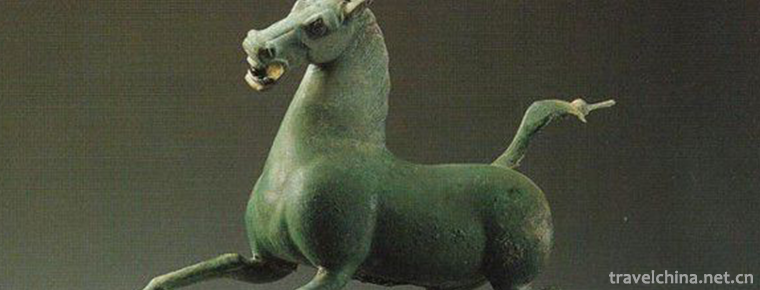
-
Mianshan Scenic Area
Mianshan Scenic Spot is a national AAAAA class tourist attraction, a key scenic spot in Shanxi Province, the birthplace of Ching Ming Festival (Cold Food Festival),.
Views: 298 Time 2018-11-24 -
Slender West Lake
Slender West Lake, formerly known as Guarantee Lake, is located in the northwest suburb of Yangzhou City, Jiangsu Province.
Views: 166 Time 2018-12-06 -
Narati Scenic Spot
Narati Tourist Scenic Area, located in Xinyuan County, Xinjiang, is located in the hinterland of Tianshan Mountains, the eastern end of the Ili Valley.
Views: 120 Time 2018-12-12 -
Guan Tang hot spring
Guantang Hot Spring is located in Tangtou Town, Linyi City, Shandong Province, on the East Bank of Yihe River. The hot spring covers an area of nearly 260 Mu and has a construction area of 100,000 squ.
Views: 192 Time 2019-01-13 -
Hengdian Film and Television City Scenic Area
Hengdian Film and Television City is a large-scale comprehensive tourist area which integrates film and television, tourism, vacation, leisure and sightseeing. It has been rated as the national AAAAA-.
Views: 166 Time 2019-01-13 -
Yishui Underground Fluorescent Lake Scenic Area
Yishui underground fluorescent Lake tourist area is now renamed as the fluorescent insect water tunnel tourist area..
Views: 217 Time 2019-03-03 -
Shu embroidery
Shu embroidery, also known as Sichuan embroidery, is as famous as Su embroidery, Hunan embroidery and Guangdong embroidery. It is one of the four famous embroidery in China. It is a traditional Chines.
Views: 385 Time 2019-06-15 -
Bangkok in Xuzhou
Xuzhou Bangzi, one of the traditional local operas in Jiangsu Province, is named for its rhythm, which is directed by a set of drums and bangzi. The masses of Xuzhou also call it "Grand Opera&quo.
Views: 108 Time 2019-07-09 -
Really Different zhenbutong Making Skills of Luoyang Watermat
It's really different from Luoyang's water mat making skills. The traditional handicraft in Luoyang City, Henan Province, is one of the national intangible cultural heritages..
Views: 125 Time 2019-07-25 -
Deep Drilling and Drawing Techniques of Salt in Zigong Well
Zigong well salt deep drilling technology, the local traditional technology of Zigong City, Daying County, Sichuan Province, one of the national intangible cultural heritage..
Views: 226 Time 2019-08-16 -
Social security in Luzhou
By the end of 2017, the total number of participants in basic endowment insurance in Luzhou city was 2662800, an increase of 130700 compared with the end of the previous year. At the end of the year, 1031700 people participated in the basic endowment insurance for urban employees.
Views: 332 Time 2020-12-14 -
Dazhou environmental protection
In 2019, the afforestation area of Dazhou city is 11666.60 hectares, the forest area is 735300 hectares, and the forest coverage rate is 44.34%. The air, water and soil pollution prevention and control were carried out in depth. The air compliance rate .
Views: 95 Time 2020-12-20
